Is it too late for swiss chard
ill_gardener
10 years ago
Related Stories
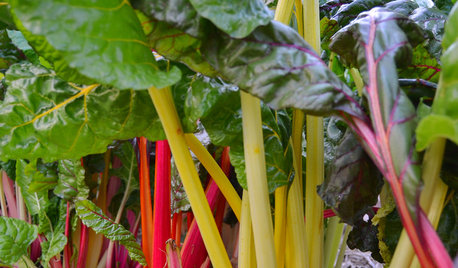
GARDENING GUIDESCool-Season Vegetables: How to Grow Chard
A year-round garden favorite with a colorful stem, Swiss chard comes into its own in early spring and in fall
Full Story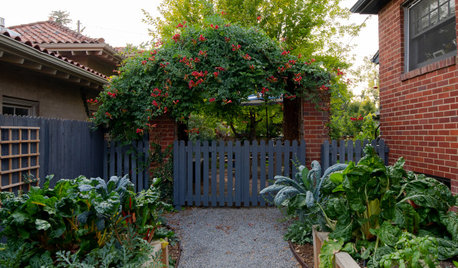
GARDENING GUIDES12 Edibles Perfect to Plant in Late Summer
Keep those homegrown vegetables and greens coming well into fall
Full Story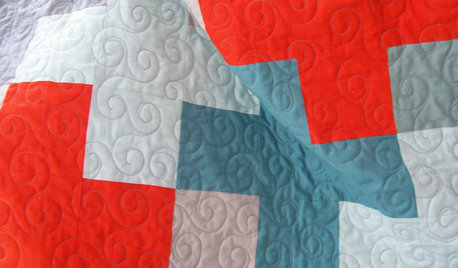
PRODUCT PICKSGuest Picks: Cure Style Doldrums With Swiss Cross Accessories
If your home decor could use some reviving, apply these blankets, pillows and tiles and watch it perk right up
Full Story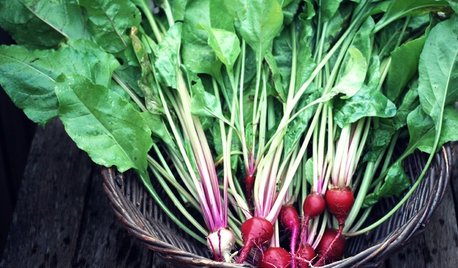
EDIBLE GARDENS8 Last-Minute Additions to a Summer Edible Garden
It’s not too late to get these vegetables and herbs planted for a bountiful harvest this year
Full Story
MOST POPULARHow to Start a Cool-Season Vegetable Garden
Late summer and late winter are good times to plan and plant cool-season crops like salad greens, spinach, beets, carrots and peas
Full Story
GARDENING GUIDESEssential Watering Tips for Your Edible Garden
To give your edible plants just what they need, check out these guidelines for how, when and how much to water
Full Story
FARM YOUR YARDHow to Farm Your Parking Strip
Get an up-close look at a thriving street-side edible garden, one of many sprouting up in Seattle
Full Story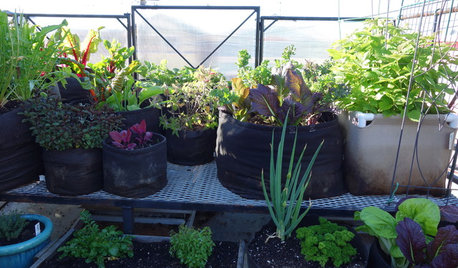
FARM YOUR YARDAn Urban Greenhouse Overflows With Edibles
Making meals just means stepping into the yard for a San Francisco couple who revamped an old orchid house
Full Story
FARM YOUR YARDHouzz Call: Home Farmers, Show Us Your Edible Gardens
We want to see where your tomatoes, summer squashes and beautiful berries are growing this summer
Full Story
EDIBLE GARDENSHow to Grow Your Own Sweet Summer Crops
This guide will help any gardener get started on growing the freshest warm-season veggies and berries for summer
Full StoryMore Discussions








pnbrown
seysonn
Related Professionals
New Bedford Landscape Architects & Landscape Designers · West Milford Landscape Architects & Landscape Designers · Richmond Heights Landscape Architects & Landscape Designers · Ashburn Landscape Contractors · Barrington Landscape Contractors · Bowie Landscape Contractors · Deerfield Beach Landscape Contractors · Mesa Landscape Contractors · Muttontown Landscape Contractors · Peachtree City Landscape Contractors · San Bruno Landscape Contractors · Bear Driveway Installation & Maintenance · Cleveland Driveway Installation & Maintenance · Daphne Driveway Installation & Maintenance · Royal Oak Driveway Installation & Maintenancechristripp
ill_gardenerOriginal Author
glorygrown
seysonn
Slimy_Okra
christripp
zeedman Zone 5 Wisconsin
SunshineZone7
ill_gardenerOriginal Author
SunshineZone7
zeedman Zone 5 Wisconsin